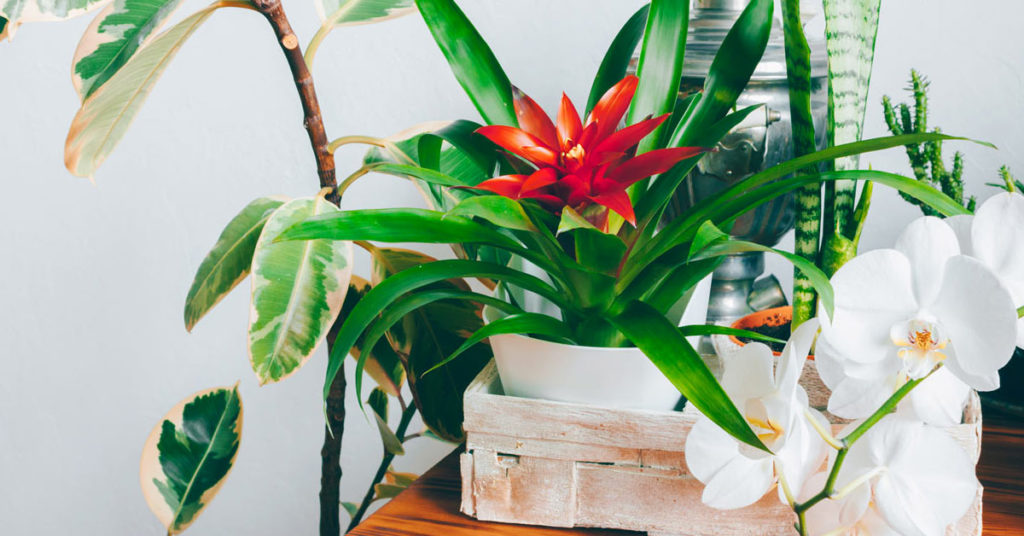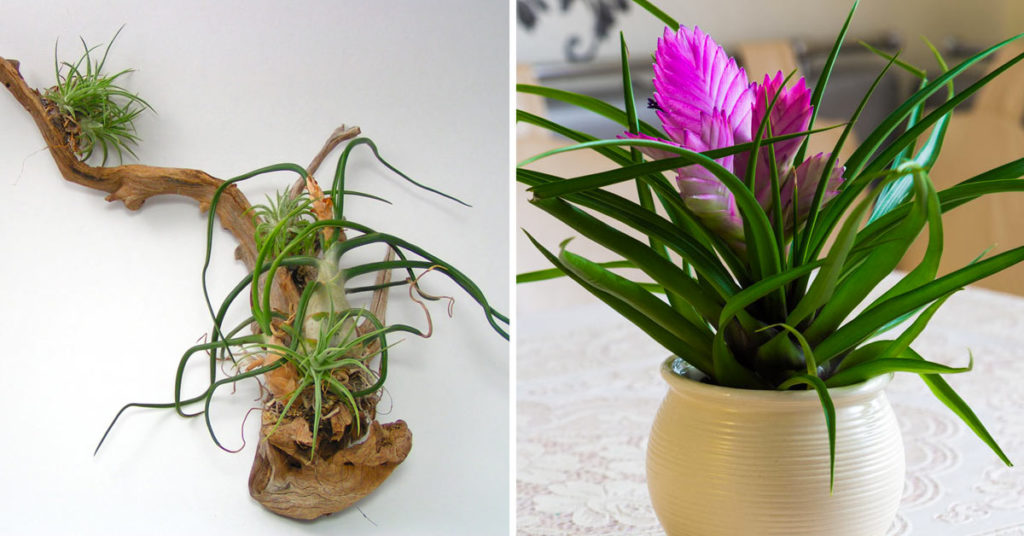
This ornamental plant from South America needs neither water nor soil to live. It sounds unbelievable, but it’s not. This is the Tillandsia, with unique characteristics throughout the plant world. Many, in fact, think that it is a plant capable, not only of purifying the air, but also of protecting us from radiation and above all from 5G.
Discovering Tillandsia, the plant that lives without water or land
Belonging to the Bromeliads family, Tillandsia is a plant capable of living without soil. This is possible because of his particular anatomical and physiological characteristics. In fact, the leaves and its very structure allow it to adapt better to any place and climate, even in the most difficult ones.
To experience this in nature plant it is capable of absorbing water and the necessary nourishment directly from the atmosphere through its leaves which have the capacity to capture the moisture of rain and dew. Roots aren’t always there, but when they are, they allow it to attach itself to tree branches or their bark. There Tillandsia is native to tropical forests present in the American continent, but it can also be found in the deserts of some regions of South America and in the cold highlands of the Andes.
If it is in the most favorable environmental conditions, the Tillandsia plant manages to give life to a wonderful flower once it reaches maturity. Generally the inflorescences have the appearance of clusters or ears and can resist up to a few months depending on the species. THE plant flowers they have bright colors, from fuchsia to orange, and have a very intense scent.
How to grow Tillandsia
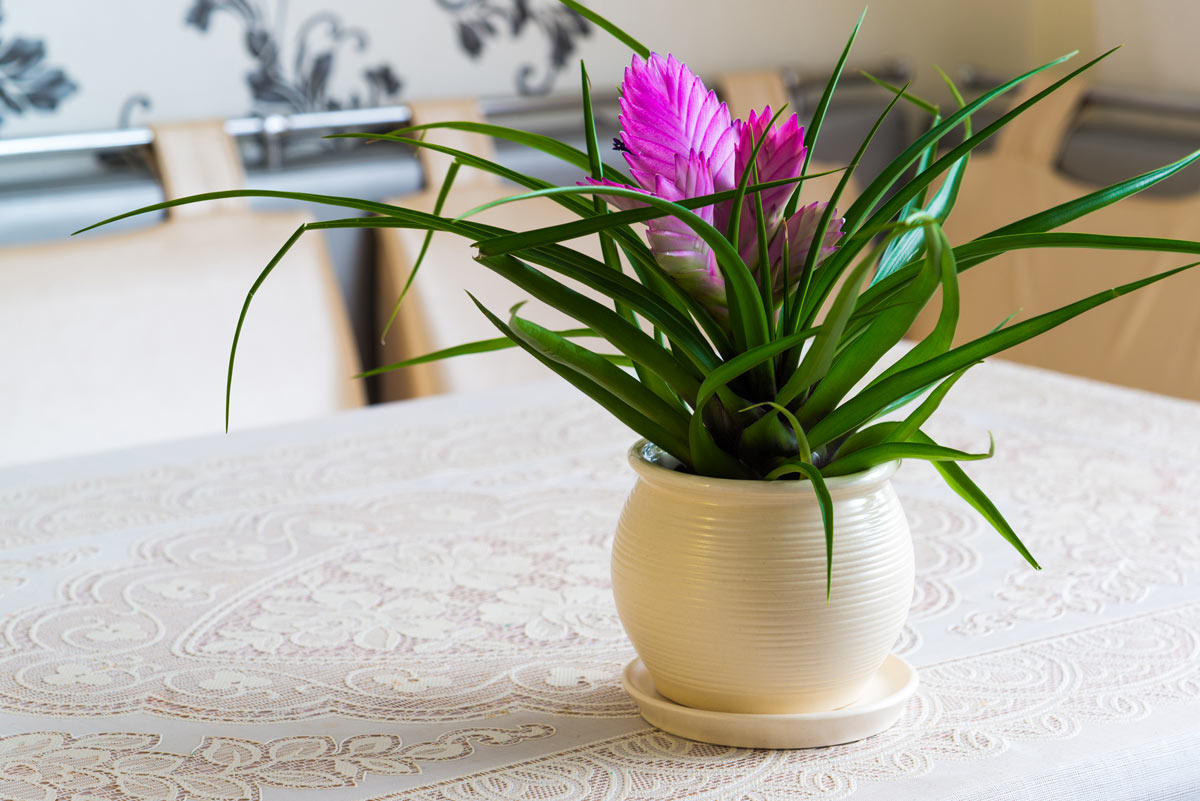 © stock.adobe
© stock.adobe
If you want cultivate the Tillandsia plant, you should know that the climate of our homes lends itself perfectly to their survival. This means that it can easily be used to furnish our interiors with taste. In fact, placed in any area of the house will be able to make any environment lively. You could also insert it inside a composition, simply placing it in a container capable of enhance its shape.
In the hottest periods, however, it is recommended to move the plant outside. It is good, in fact, to place it in a shaded area. The ideal would be to fix it on a branch or on the trunk of a tree, so that its roots can cling easily. Outside the Tillandsia will not need any special care from your part. As we said at the beginning, in fact, it is quite autonomous in absorbing the necessary nutrients.
However, it will be good to remember that one minimum temperature of 5-7 ° C, for several hours a day, is considered to be at the limit for its survival.
Here are some varieties of Tillandsia: photos and pictures
 Tillandsia Capitata | © stock.adobe
Tillandsia Capitata | © stock.adobe
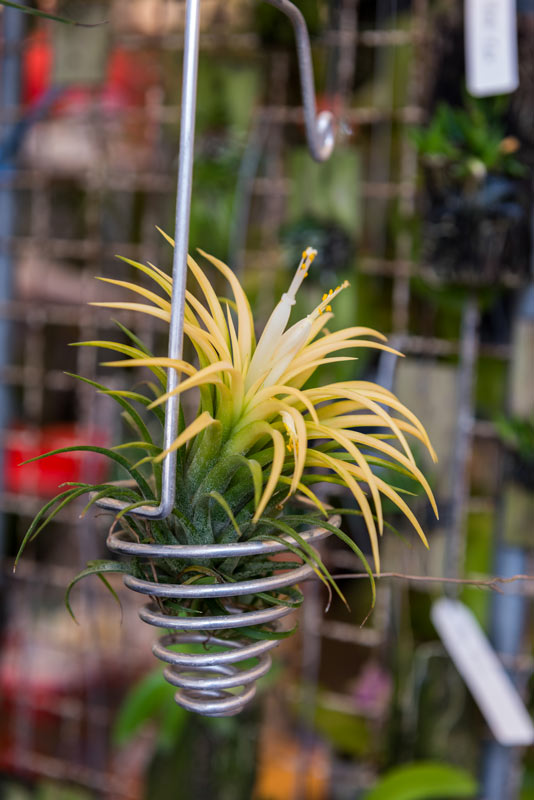 Tillandsia Recurvifolia © stock.adobe
Tillandsia Recurvifolia © stock.adobe
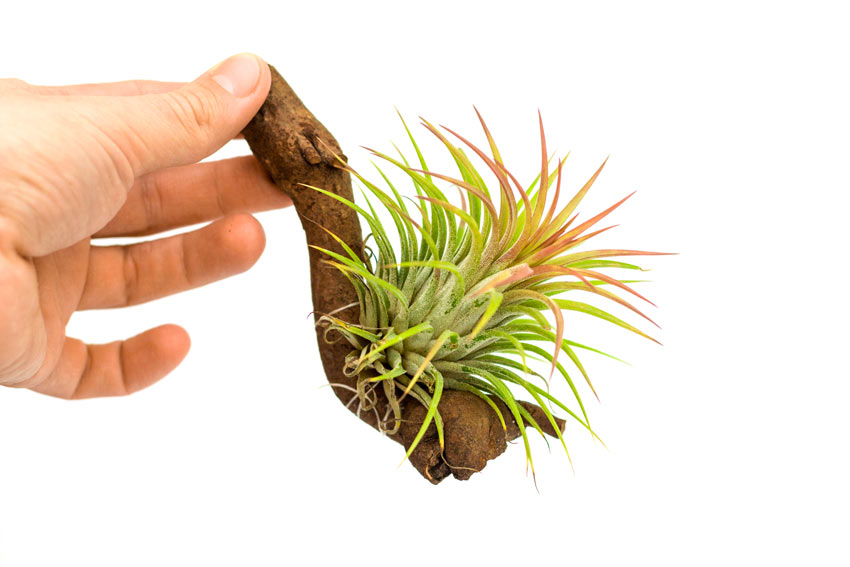 Tillandsia Ionantha © stock.adobe
Tillandsia Ionantha © stock.adobe
 Tillandsia Xerographica © stock.adobe
Tillandsia Xerographica © stock.adobe
 Tillandsia Brachycaulos © stock.adobe
Tillandsia Brachycaulos © stock.adobe
Tillandsia purifies the air:
 Tillandsia – Plant that purifies the air © stock.adobe
Tillandsia – Plant that purifies the air © stock.adobe
Being able to capture the air, this plant is also able to purify it, retaining the toxic substances that are present in the atmosphere. Therefore, placed in a home or work environment, it will be able to purify the air from substances such as formaldehyde or PM10, highly polluting molecules that are produced during some combustion processes. Unlike other plants, the Tillandsia is capable of absorbing them.
In conclusion, we can certainly say this plant has truly unique characteristics. The Tillandsia in the home will be perfect for beautifying and purifying the environment at the same time.
Tillandsia on Amazon
See also:
Guzmania? A little-known gorgeous houseplant that helps keep the air clean
